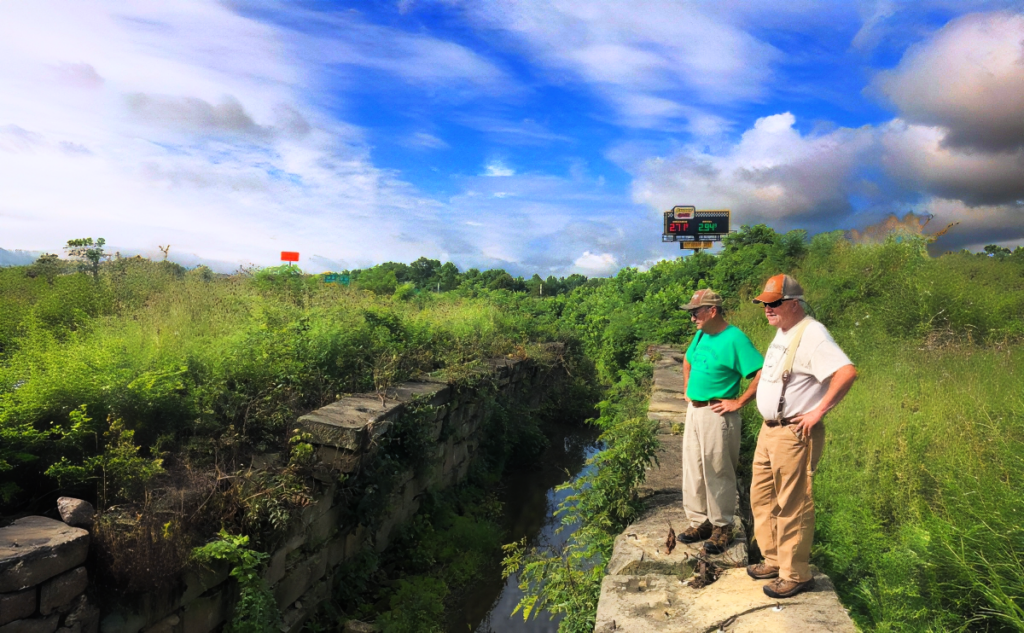After years of discussion and little movement, Scioto County is finally making progress on a long-talked-about project: the restoration of historic Lock 50.
At their most recent meeting, the Scioto County Commissioners authorized EMA Director Larry Mullins to act as the county’s agent in the effort, which is part of the broader Scenic Scioto Heritage Trail initiative.
“This is something that’s been in the works, off and on, for nearly ten years,” Mullins said.
On June 30, the EMA advertised for consulting firms to assist with the restoration, and two responded: ADR of Newark, Ohio, and Howerton Engineering of Portsmouth. A selection committee—made up of Scioto County Engineer Darren LeBrun, Scenic Scioto Heritage Trail President Bill Tipton, Director Mullins, and Deputy EMA Director Bill Lynn—reviewed the proposals using a consultant selection rating form provided by ODOT.
ADR received a perfect score of 100. Howerton scored 69. Mullins said the decision to go with ADR was based on their extensive experience with historic restoration.
“What the project entails for the consultant is to draw up the plans and perform environmental studies before we can begin actual construction or reconstruction of the lock,” Mullins explained.
Plans for the site include not just restoring Lock 50, but also developing a pedestrian trail, vehicle access roads, an observation deck, and interpretive signage telling the story of the area’s canal-era past.
Lock 50 sits where the Ohio and Erie Canal began its final descent across the Scioto River bottoms toward its terminus in West Portsmouth at a site once known as Union Mills. During the canal era—from the early 1830s to the 1890s—Union Mills was a thriving commercial hub. The area capitalized on the rich corn harvests of the Scioto Valley, producing cattle, hogs, and corn whiskey, while providing jobs and revenue for the region.
The Ohio and Erie Canal, which linked Portsmouth to Cleveland and ultimately to New York markets via the Erie Canal, helped fuel a 19th-century economic boom at both ends of the line. While little remains of the canal’s infrastructure, Lock 50 is a rare survivor from Section 97, which also included Locks 51 and 52, as well as a basin and dry docks.
Across Ohio, many former canal sites have been transformed into parks and historical destinations. Local leaders hope Lock 50 will be the centerpiece of a similar transformation for Scioto County.
